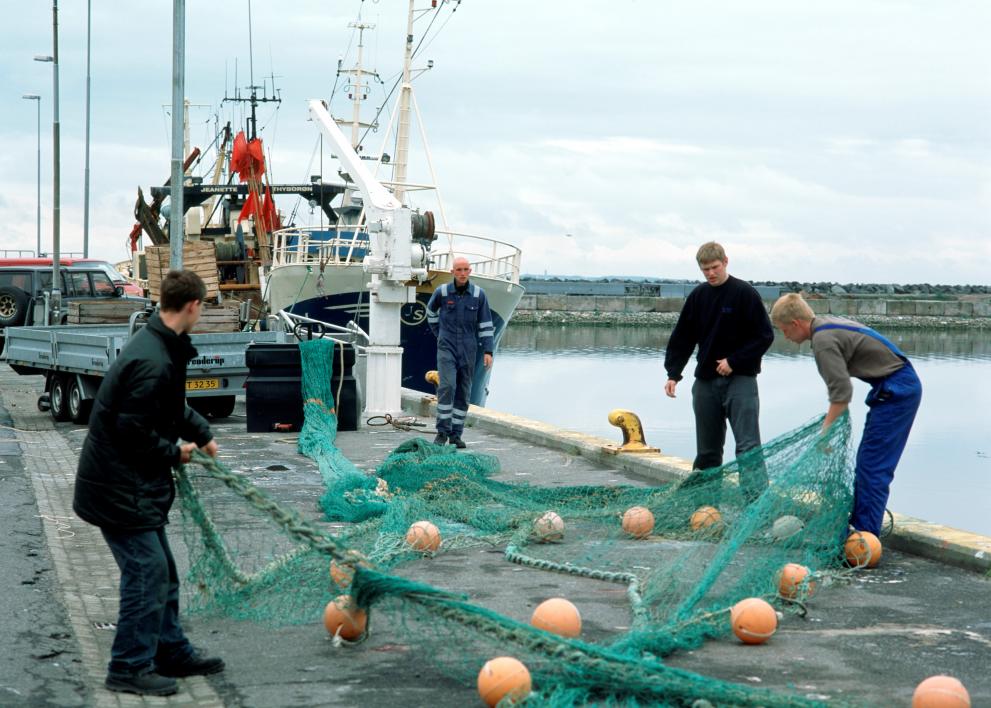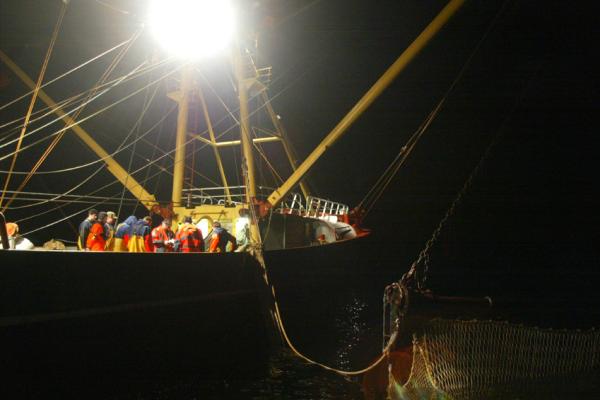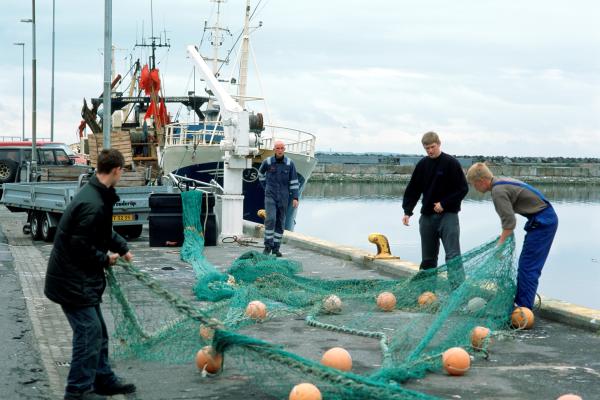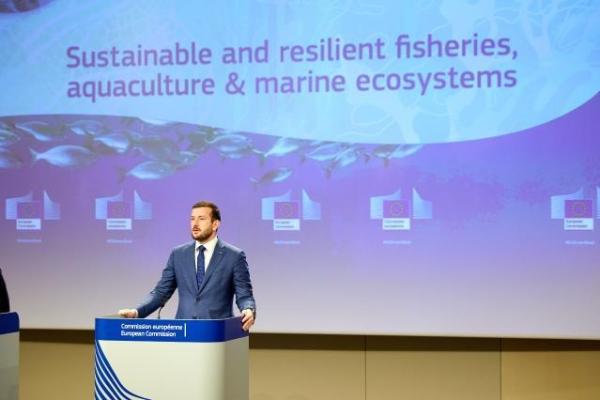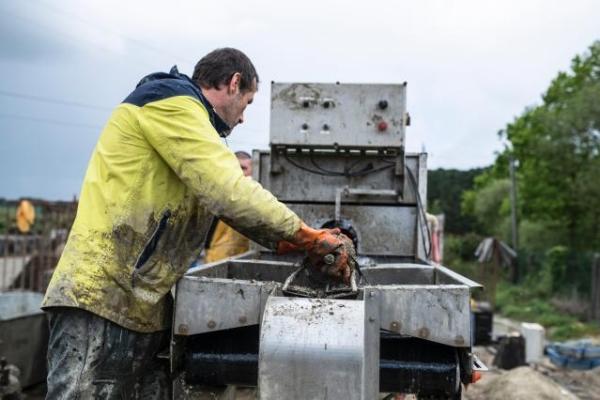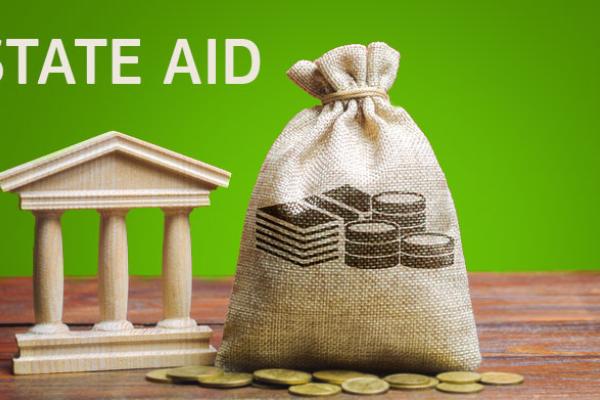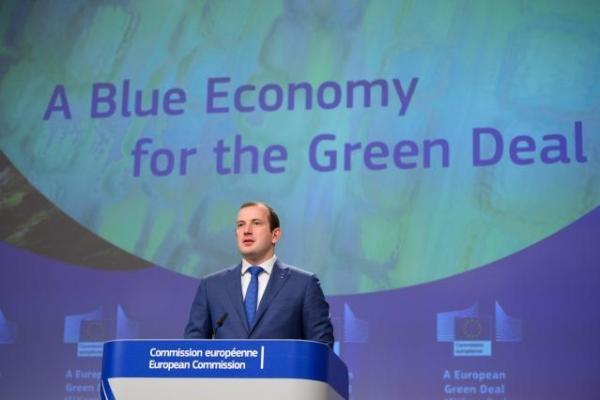The interests of Ireland’s fishermen, fishing communities, the marine environment and consumers of fish products are supported by being part of the European Union and working together with other Member States to protect our seas and oceans.
Although Ireland is an island nation, the fishing industry is relatively small but it is both economically and socially significant.
The natural, clean waters around the country’s 7,500 km of coastline have provided exceptionally good seafood for thousands of years, but this valuable resource hasn’t always been exploited to its full potential.
Before joining the then EEC in 1973, the Irish fishing industry received little State investment and the fishing fleet was made up of small vessels operating on a modest basis.
A government report from 1970 shows Irish exports of fish and fishery products worth £2.7 million went almost entirely to EU countries and the UK.
Back then, all coastal nations had exclusive fishing rights up to six nautical miles from their coastline but Ireland often didn’t have any available ships to police Irish waters.
The 1973 accession of Ireland, along with the UK and Denmark, significantly expanded the EEC's fishing resources and highlighted the need for a common fishing policy.
When Norway and Iceland declared 200 mile fishing limits in 1977 the EEC reciprocated, and the development of a fishing policy for Europe became urgent.
After lengthy and difficult negotiations the Common Fisheries Policy (CFP) was finally agreed in 1983, and Ireland was granted funding for four new naval vessels to help patrol its extended Exclusive Economic Zone (EEZ) waters.
Being part of the European Union helped Ireland’s fishing industry develop and by 2024 Irish seafood valued at €595 million was being exported to the EU, the UK, and over 40 other countries around the world.
However, the CFP is a contentious issue in Ireland and Brexit has resulted in reduced quotas for Irish fishermen. Despite strong seafood export values the fishing industry has suffered from rising costs and job losses.
